| |
The Lay Life
3.01.2006 | Hai Zhang | Photography
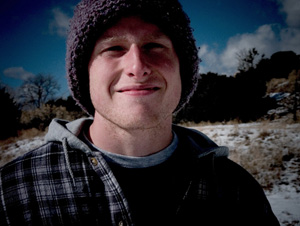
Joe (an American college student from Washington, DC) seeks long-term peace through meditation.
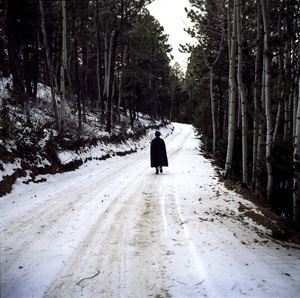
Ru Guan Bhikkhu, walking to the Fa Yun Monastery, also seeks long-term peace through meditation. He and Joe are Buddhist and both seek the cessation of suffering. Yet Bhikkhu is an elite Buddhist and Joe is a convert. This difference reflects the schism in contemporary Buddhism: elite Buddhists, in most cases Asian immigrants and their descendants, follow traditional study methods, while the surging population of American converts, known to elites as "lay Buddhists," practice through casual community centers, in accordance with popular teachings.
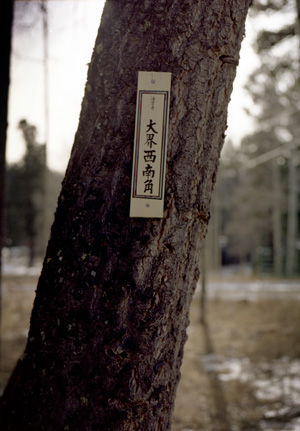
At the Fa Yun Monastery for elites, intensive textual study is considered central to peace, and meditation begins daily at 3:30 a.m.
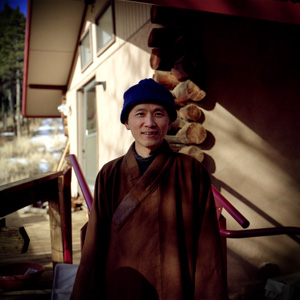
Ru Guan Bhikkhu in front of his dorm.
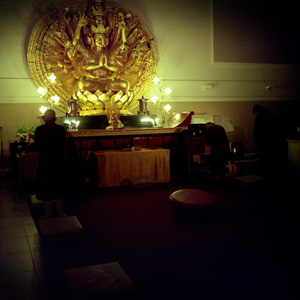
Morning chants at the Fa Yun Monastery.
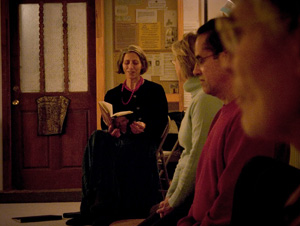
In contrast, a group of lay people gather on a Sunday evening at the Open Heart Sanhga in downtown Taos.
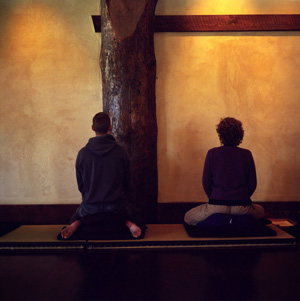
Meditation inside of the Zendo at Upaya Zen Center, Sante Fe, a lay person monastery, set away from the lay world in hopes of screening it out.
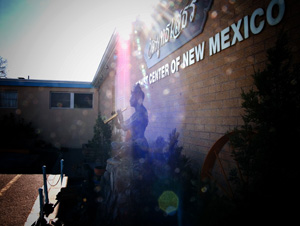
The Buddhist Center of New Mexico, located in Albuquerque, attempts to straddle the rut between elite and lay Buddhism. They offer daily morning and evening services to the public, but teach through untranslated texts and English versions selected by the lead monk.
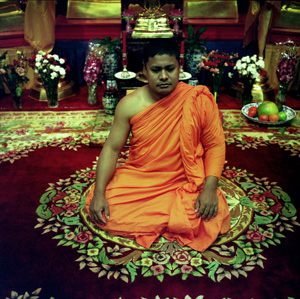
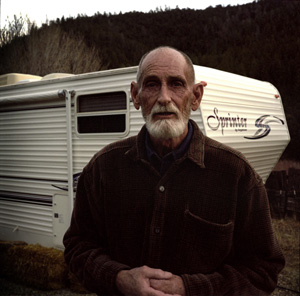
Bob Watkins, 72, is a former lay Buddhist, turned co-founder of the elite Hoko Ji monastery. His transformation from lay to elite practitioner illustrates that, while Buddhism has cleaved into two groups, neither are immutable.
|
|



